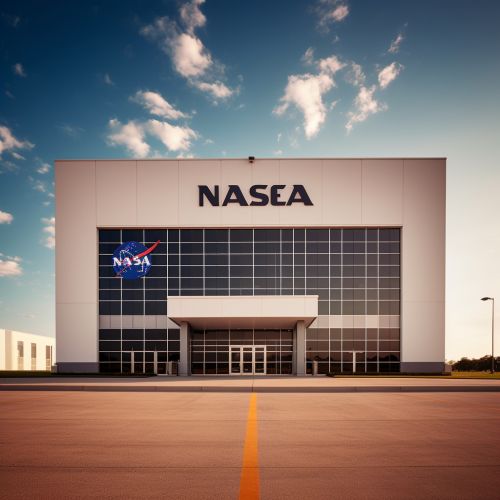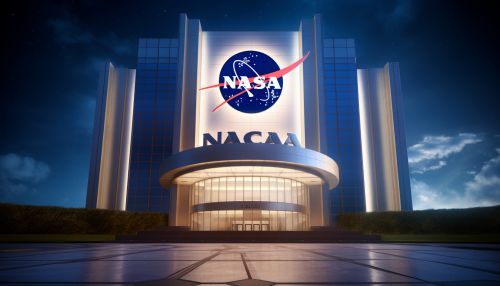NASA
History
NASA, the National Aeronautics and Space Administration, was established on July 29, 1958, by the National Aeronautics and Space Act. The stated goals of NASA include improving human understanding of phenomena in the atmosphere and space. NASA was created in response to the Soviet Union's October 4, 1957 launch of its first satellite, Sputnik I. The 183-pound, basketball-sized satellite orbited the earth in 98 minutes. The Sputnik launch caught Americans by surprise and sparked fears that the Soviets might also be capable of sending missiles with nuclear weapons from Europe to America. The United States prided itself on being at the forefront of technology, and, embarrassed, immediately began developing a response, signaling the start of the U.S.-Soviet Space Race.


Programs
NASA's first high-profile program was Project Mercury, an effort to learn if humans could survive in space. This was followed by Project Gemini, which used spacecraft built for two astronauts to perfect the capabilities needed for the national objective of a human trip to the Moon. The subsequent Apollo program was dedicated to President Kennedy's goal of landing a man on the Moon and returning him safely to Earth within the decade of the 1960s. This goal was achieved with the Apollo 11 mission when astronauts Neil Armstrong and Buzz Aldrin landed their Lunar Module (LM) on July 20, 1969, and walked on the lunar surface, while Michael Collins remained in lunar orbit in the command spacecraft.
Research
NASA conducts research in fields such as astrophysics, earth science, heliophysics, and planetary science. In astrophysics, one of the leading programs is the Hubble Space Telescope, which has allowed for observations of deep space and has led to many breakthroughs in astrophysics. In earth science, NASA's ongoing research includes studying climate change, the global carbon cycle, and other aspects of the Earth's biosphere, geosphere, and atmosphere. In heliophysics, NASA studies the Sun and its interaction with the Earth and the solar system, including space weather. In planetary science, NASA has launched numerous exploratory missions to Mars, Jupiter, Saturn, and beyond.
Future Missions
NASA continues to plan and execute numerous missions exploring our own planet, the solar system, and the universe at large. These include the James Webb Space Telescope, set to launch in 2021, which will serve as the premier observatory of the next decade. Additionally, the Artemis program, a planned series of lunar missions, aims to return humans to the Moon by 2024 and establish sustainable lunar exploration by the end of the decade.
